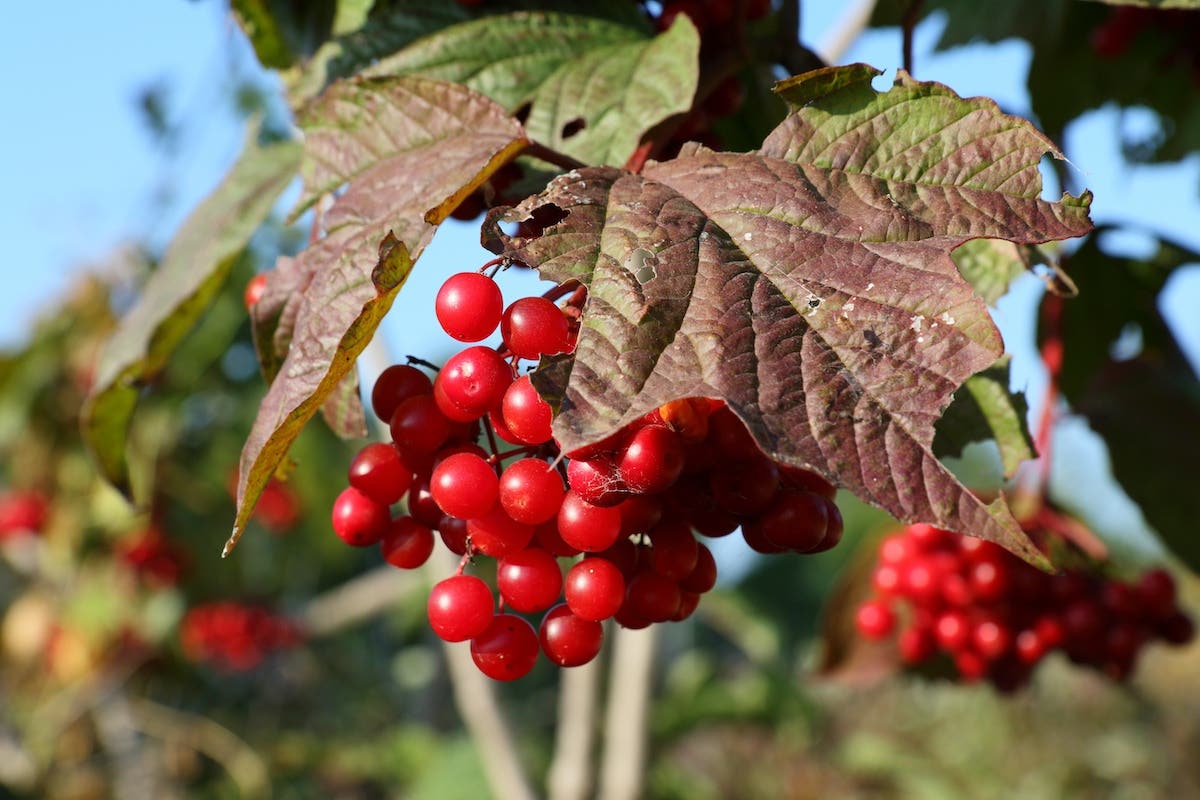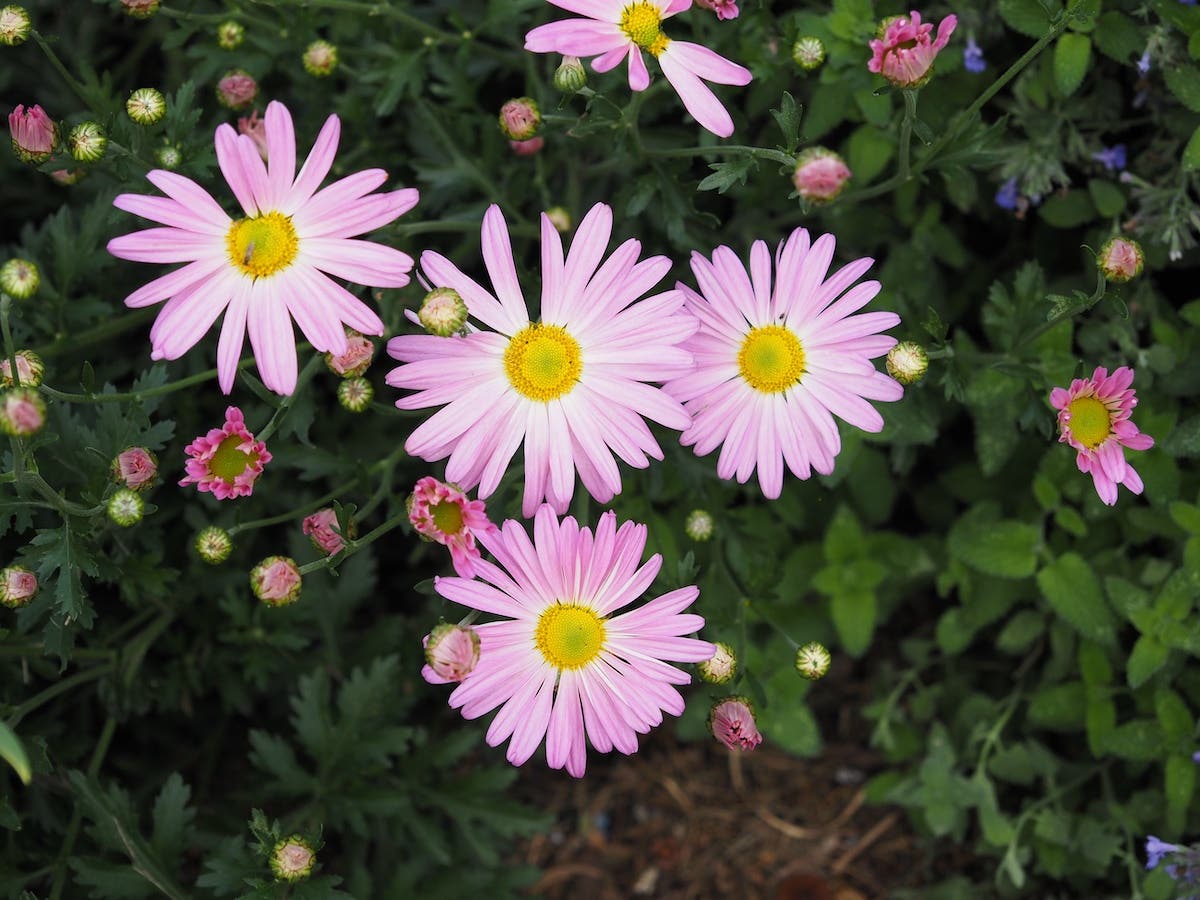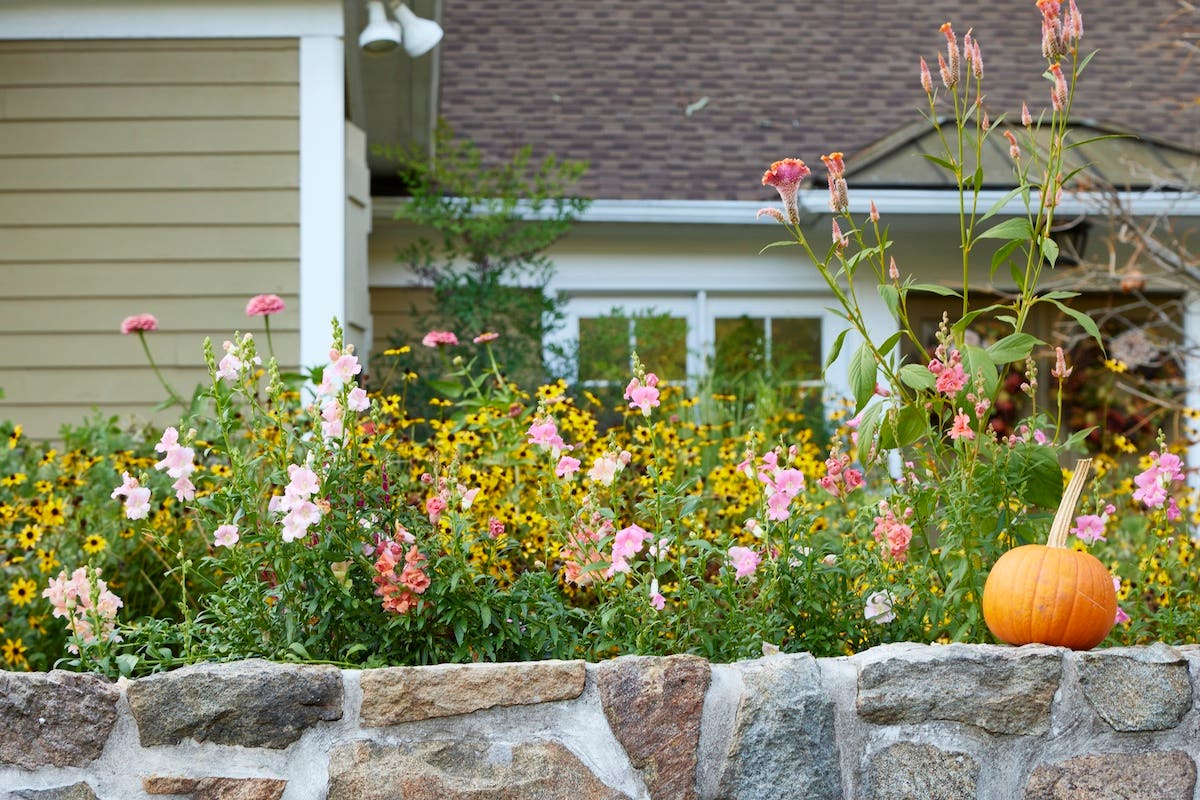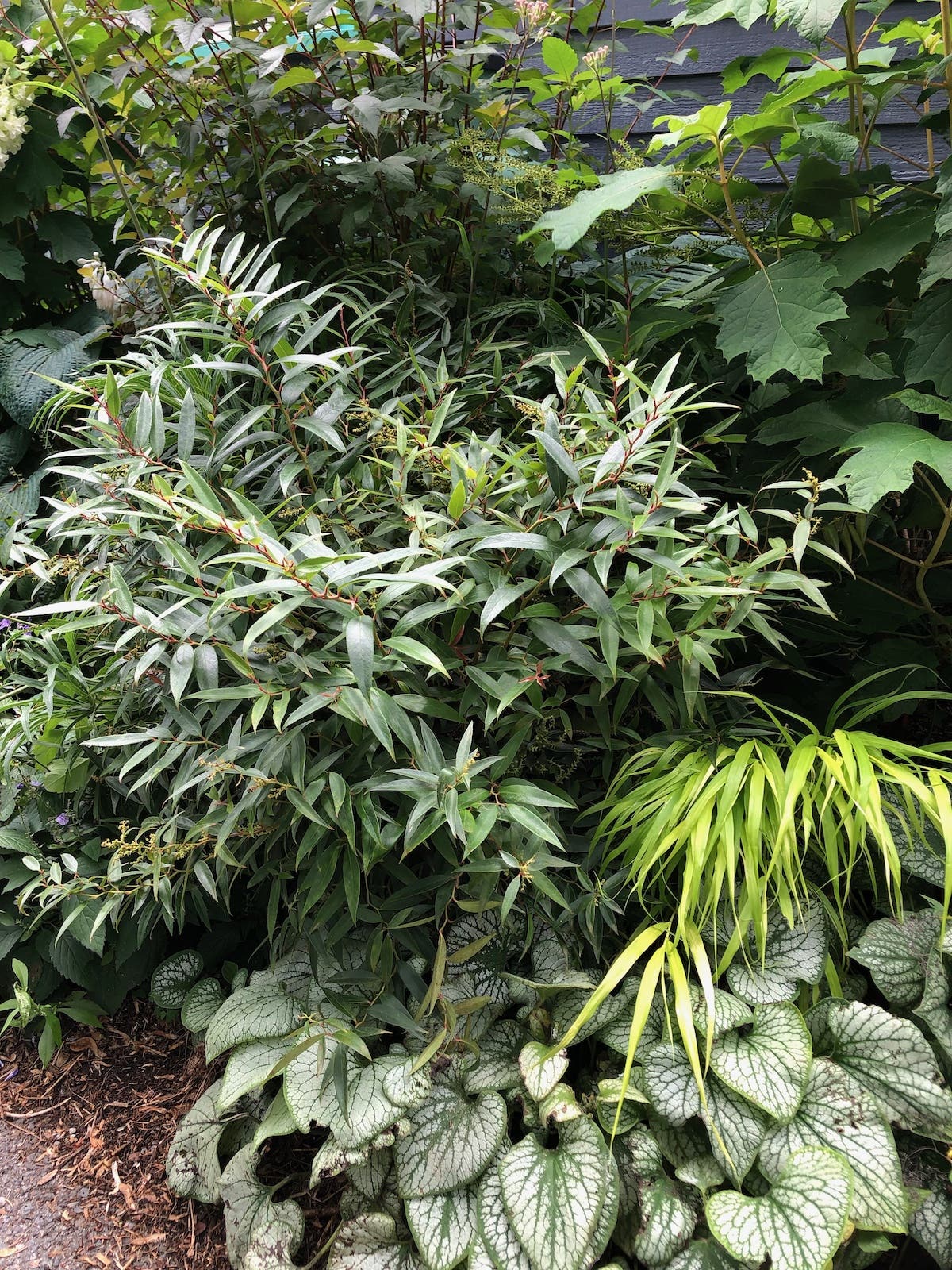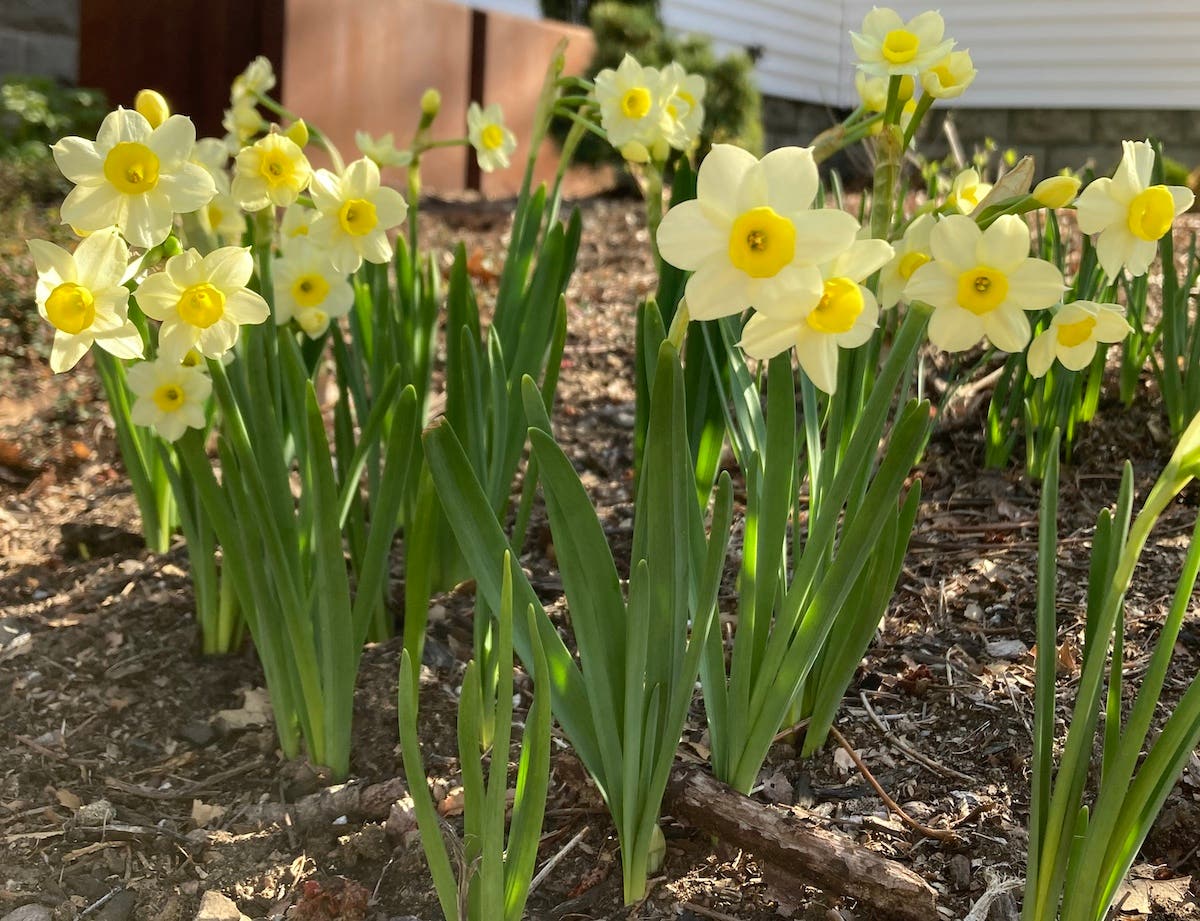Paperwhite narcissus are favorite bulbs to force into bloom indoors for the holiday season. They typically take 3 to 6 weeks to grow and bloom once they are potted up, so start them in late November.
Unlike other bulbs, paperwhites do not need a chilling period to bloom. To plant them, line a water-tight container with a few inches of gravel, stones, marbles or decorative beads and simply nestle the bulbs among these. The tips of the bulbs should sit just above the surface of the material. Add water until it touches the bottom of the bulbs. Place the container in a dark, cool place and check back every few days. Within one to three weeks, the bulbs should be putting out roots and starting top growth. Then move them to a sunny spot, ideally between 60 and 70 degrees (F).
Related: Read "A Guide to Forcing Flower Bulbs"
Paperwhites have the tendency to flop over just as they come into bloom, making stakes or other supports necessary. Redtwig dogwood stems are a favorite addition to the container; they can prop up the paperwhites while also adding festive color. Or, choose a glass container with tall sides, such as a vase; plant the bulbs at the bottom and the sides will support their stems.
If you can keep your paperwhites from growing too tall, you can make them sturdier and avoid needing supports. Here is the trick for shorter, sturdier paperwhites:
Once roots show and the bulb's stem is an inch or two tall, replace the water with a solution of 1 part hard liquor to 7 parts water. (Carefully pour the water off, or use a turkey baster to remove it.) You can use rubbing alcohol instead of liquor, but you will need to dilute it more. (Liquor is 40 percent alcohol; rubbing alcohol is 70 or 100 percent alcohol, and you're aiming for a solution that's 4 to 6 percent alcohol.) Do not use beer or wine, because of their sugars.
Add more alcohol solution anytime the liquid level in the container looks low. The result will be paperwhites with stems about a third shorter than they'd be with just water, likely because they're slightly water stressed. This method has been tested and proven sound by Cornell University.


